9 First Impressions Guests Form the Moment They Walk In
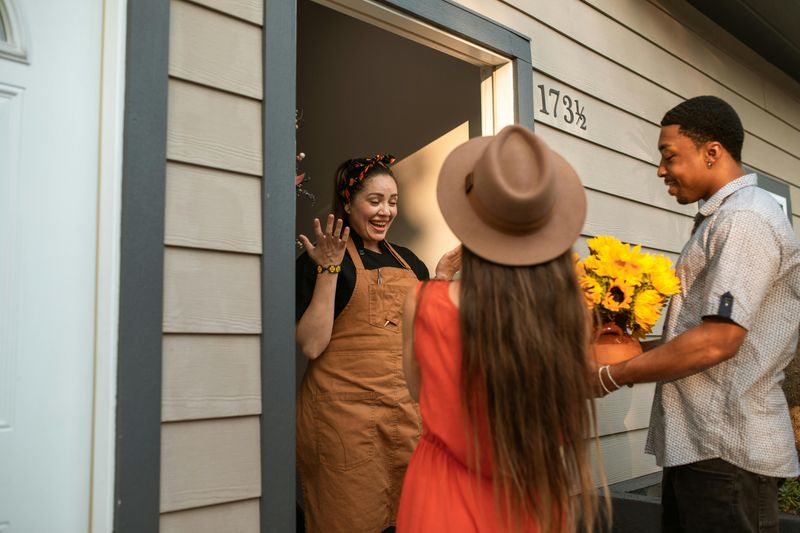
Your home speaks volumes before you even say hello. Those first few moments when someone steps through your door create lasting impressions that can be hard to shake. Understanding what guests notice first helps you create a welcoming space that reflects your best self, not just your decorating skills.
1. The Entryway’s Cleanliness and Organization
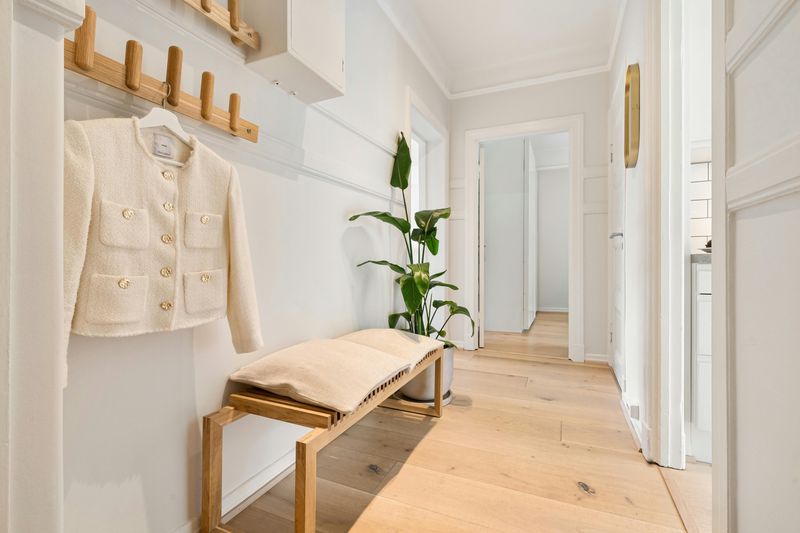
Your foyer functions as your home’s handshake—it’s the initial point of contact that sets expectations. A jumble of mismatched shoes, overflowing mail, and tangled leashes creates an instant feeling of chaos that follows guests throughout their visit.
Smart entryway organization signals that you value order and attention to detail. Even in small spaces, thoughtful touches like a dedicated hook for guest coats or a small bench for removing shoes demonstrate consideration.
The floor condition here matters tremendously too—scuff marks, dirt trails, or dusty corners are immediately visible when someone first steps inside. A clean, well-maintained entryway creates a subconscious feeling of care that extends to how guests perceive your entire home.
2. Lighting and Natural Light
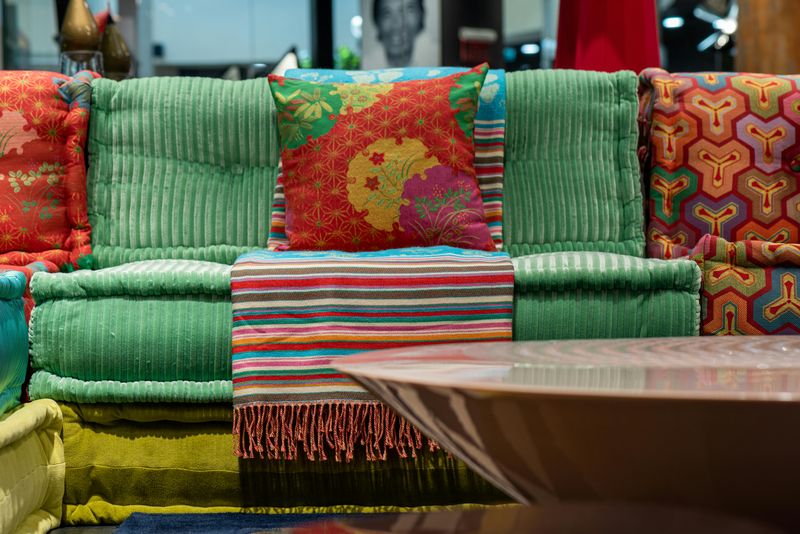
Harsh overhead lighting can make even the most beautiful home feel like a hospital waiting room. The way you illuminate your space creates immediate emotional responses—too dim feels secretive or depressing, too bright feels clinical and exposing.
Natural light remains the gold standard, creating an instant feeling of openness and welcome. For evening gatherings, layered lighting at different heights creates depth and warmth. Table lamps, floor lamps, and candles at varying heights build a welcoming atmosphere.
Smart lighting choices also signal sophistication. Warm-toned bulbs (2700-3000K) flatter skin tones and create coziness, while cool white lighting can make spaces feel institutional. Your lighting choices tell guests whether you’ve created a space for comfort or merely functionality.
3. The Smell of Your Home
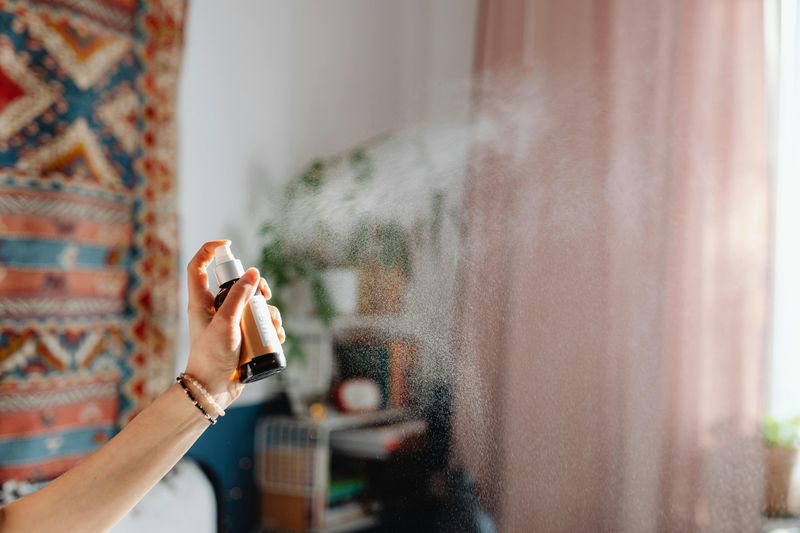
Nothing triggers memories and emotions faster than scent. Your home’s aroma creates an immediate, powerful impression that guests might not even consciously register, yet it colors their entire experience.
Fresh-baked cookies signal warmth and hospitality, while lingering cooking odors might suggest poor ventilation. Pet smells can be particularly problematic since we often become ‘nose-blind’ to our own home’s scents.
Consider using natural fresheners like simmering citrus peels or vanilla extract before guests arrive. Even opening windows for 15 minutes can reset your home’s olfactory signature and create that coveted ‘clean air’ feeling that makes spaces feel instantly more inviting.
4. The Overall Decor Style
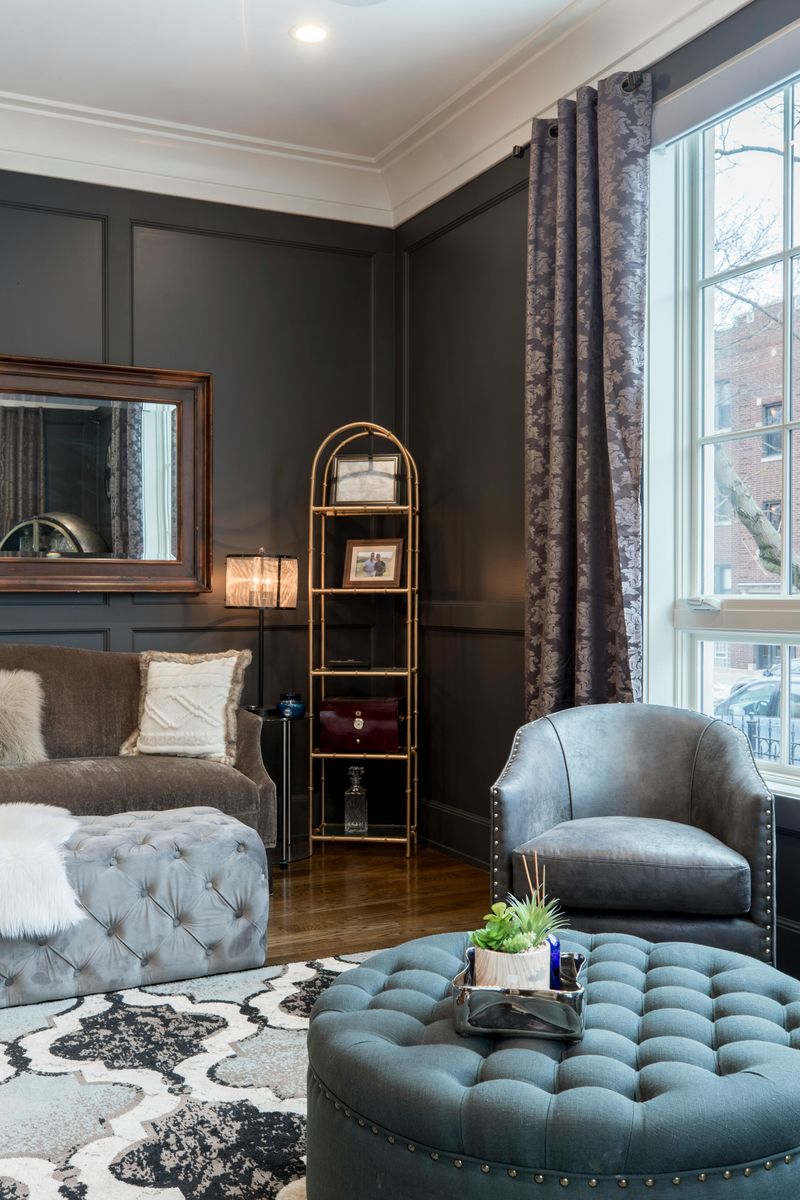
Your decorating choices reveal your personality before you speak a single word. Guests immediately categorize spaces: minimalist, bohemian, traditional, eclectic—and these assessments color their expectations about you.
Cohesive styling suggests attention to detail and thoughtfulness. Even modest furnishings arranged with intention create more positive impressions than expensive pieces that clash. The balance between personal items and design principles speaks volumes—too sterile feels unwelcoming, while overwhelming personalization can feel chaotic.
Color harmony particularly impacts first impressions. Complementary colors signal design awareness, while jarring combinations create subtle discomfort. Your decor essentially functions as visual communication—telling guests whether you value comfort, status, creativity, or tradition through the language of objects and arrangement.
5. Wall Colors and Condition
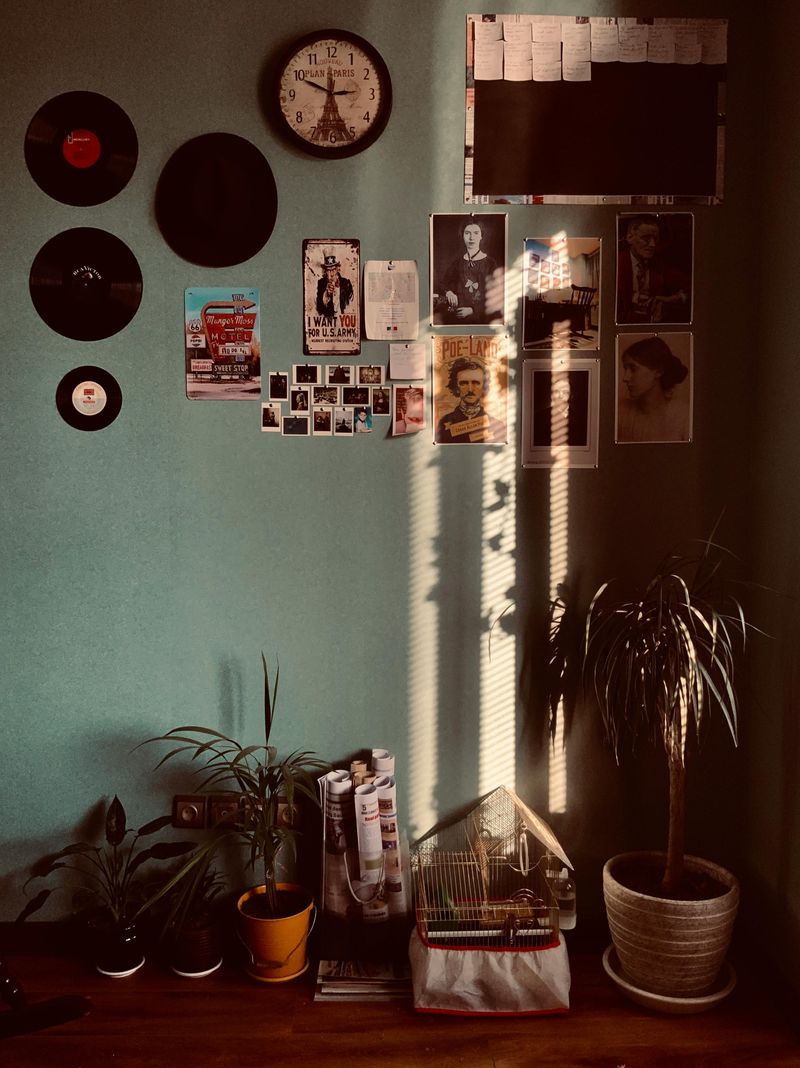
Wall colors create immediate emotional responses that guests might not even recognize consciously. Bold reds energize but can feel aggressive, while cool blues calm but might read as chilly. Your color choices telegraph whether you want your space to energize, soothe, or impress.
Beyond color, wall condition speaks directly to maintenance standards. Scuffs, nail holes, or peeling paint suggest neglect, while freshly painted surfaces signal care and attention. Statement walls reveal personality and design confidence—whether through dramatic color, textured wallpaper, or thoughtful art arrangements.
The finish matters too. Flat paint looks sophisticated but shows marks easily, while glossier finishes resist stains but can look institutional. These subtle choices create immediate impressions about whether you prioritize practicality, aesthetics, or have found that sweet spot where both coexist.
6. Flooring and Rugs
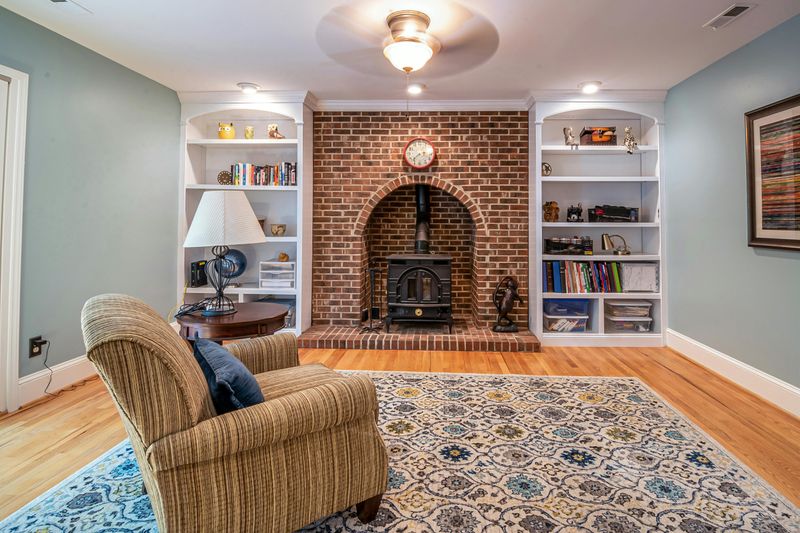
Guests instinctively look down when entering new spaces, making your floors a critical first impression zone. Worn carpet paths, scratched hardwood, or dated tile immediately suggest the home’s overall condition and cleanliness standards.
Strategic rug placement creates zones and warmth, while bare floors can feel austere or unfinished. The transition between flooring types reveals attention to detail—smooth, thoughtful transitions suggest care, while awkward junctions signal hasty renovations.
Floor maintenance particularly influences perceptions of cleanliness. Hair in corners, sticky spots, or dusty baseboards create immediate negative impressions that are hard to overcome. Well-maintained floors, regardless of material or age, demonstrate respect for your space and, by extension, for your guests who walk upon them.
7. Furniture Arrangement and Flow
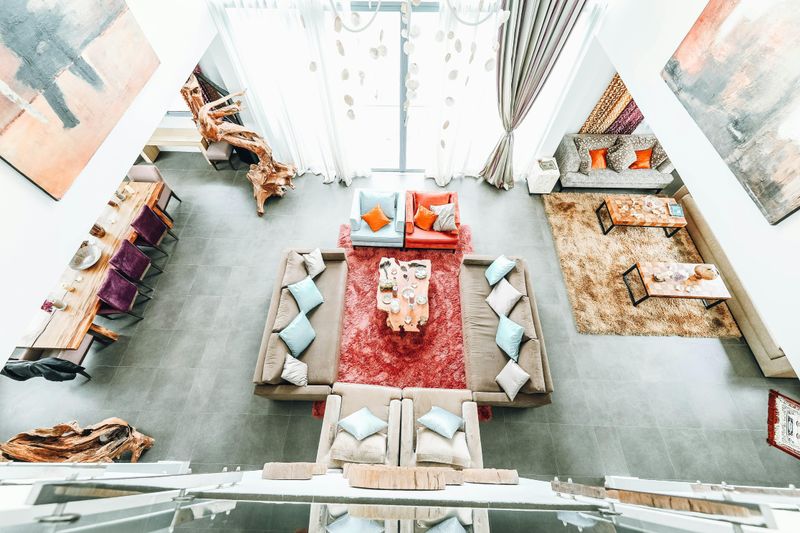
Room navigation reveals your understanding of human movement and comfort. Guests immediately sense whether they’ll need to awkwardly squeeze past furniture or if pathways flow naturally through your space.
Conversation areas signal social priorities—chairs facing each other rather than a television suggest you value human connection. The distance between seating pieces speaks volumes too. Furniture placed too far apart creates disconnection, while pieces too close together can feel invasive to personal space.
Scale matters tremendously in first impressions. Oversized furniture in small rooms feels claustrophobic, while tiny pieces in large spaces create a feeling of emptiness. Thoughtful furniture arrangement demonstrates spatial awareness and consideration for how people actually live and interact, making guests feel immediately comfortable rather than navigating an obstacle course.
8. Personal Touches and Clutter Balance
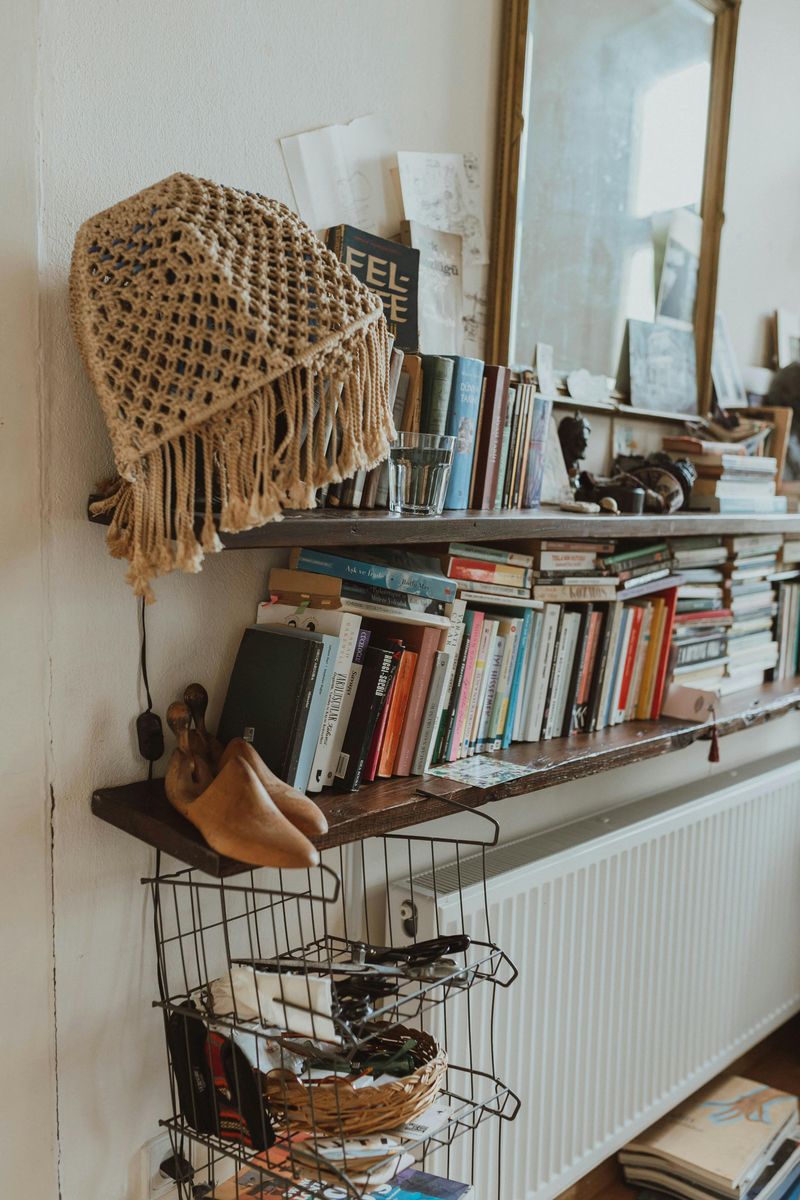
Family photos, travel mementos, and personal collections reveal your priorities and history at a glance. These touches transform houses into homes, but their presentation matters tremendously in first impressions.
Thoughtfully arranged personal items tell stories and invite connection. Scattered, dusty, or overwhelming collections suggest disorganization rather than cherished memories. The balance between personal and generic creates subtle messages—too few personal touches can feel sterile and hotel-like, while too many create visual noise.
Strategic placement of meaningful objects demonstrates curation skills. Items grouped by theme, color, or size create purposeful displays rather than accidental accumulations. Your approach to personal items immediately shows guests whether you’re sentimental or practical, minimalist or collector, and how you balance emotion with aesthetics in your everyday environment.
9. Noise and Ambience
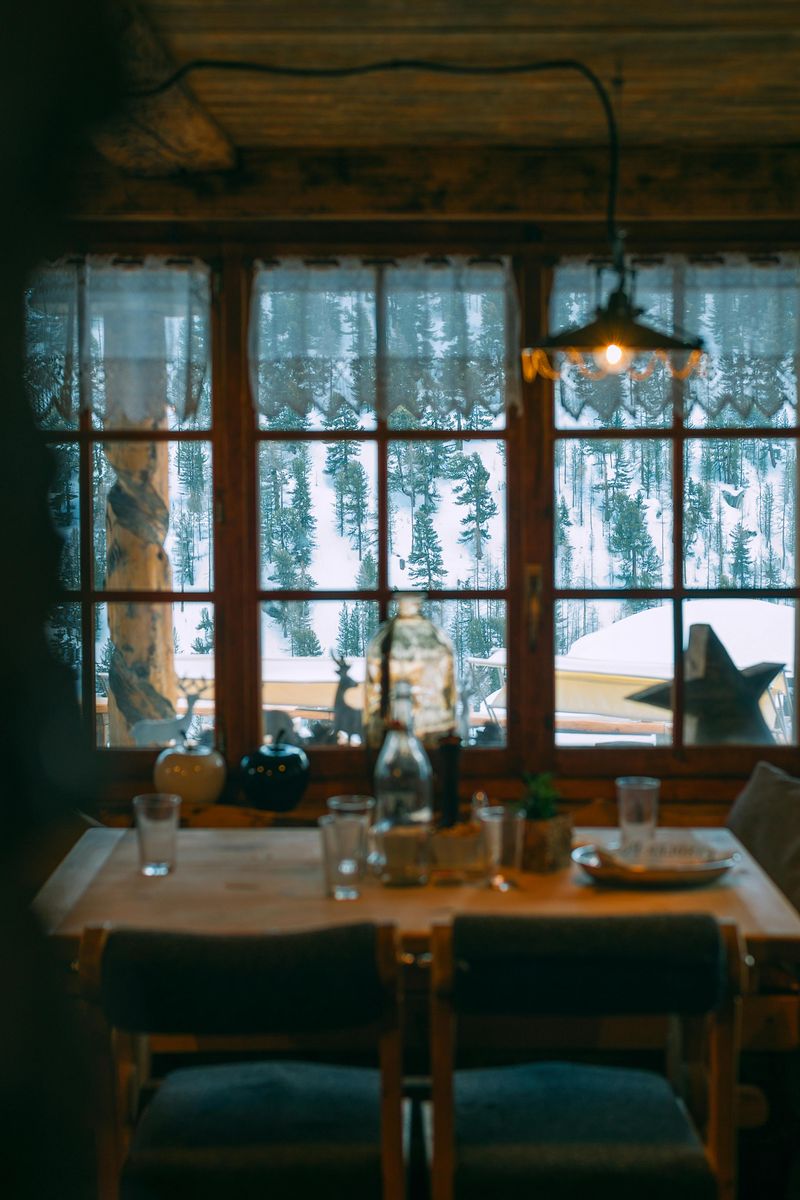
The soundtrack of your home creates immediate emotional responses. A blaring television suggests the screen is the household focal point, while gentle background music indicates thoughtfulness about atmosphere.
External sounds filter impressions too. Traffic noise, neighbor conversations, or mechanical hums color perceptions of your location and privacy. How you manage these ambient sounds—through music, sound machines, or simply embracing quiet—reveals priorities around peace versus stimulation.
Temperature and air movement contribute to this sensory impression. Stuffy rooms feel neglected, while comfortable airflow suggests attention to guest comfort. Together, these auditory and atmospheric elements create an immediate sense of either calm or chaos that guests register before they’ve even removed their coats, setting expectations for the entire visit.

Comments
Loading…